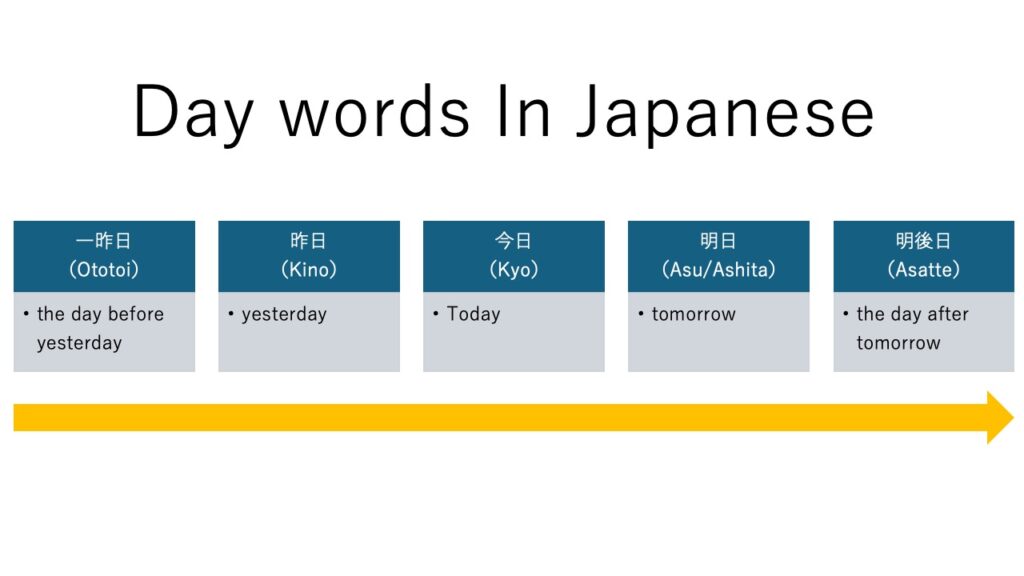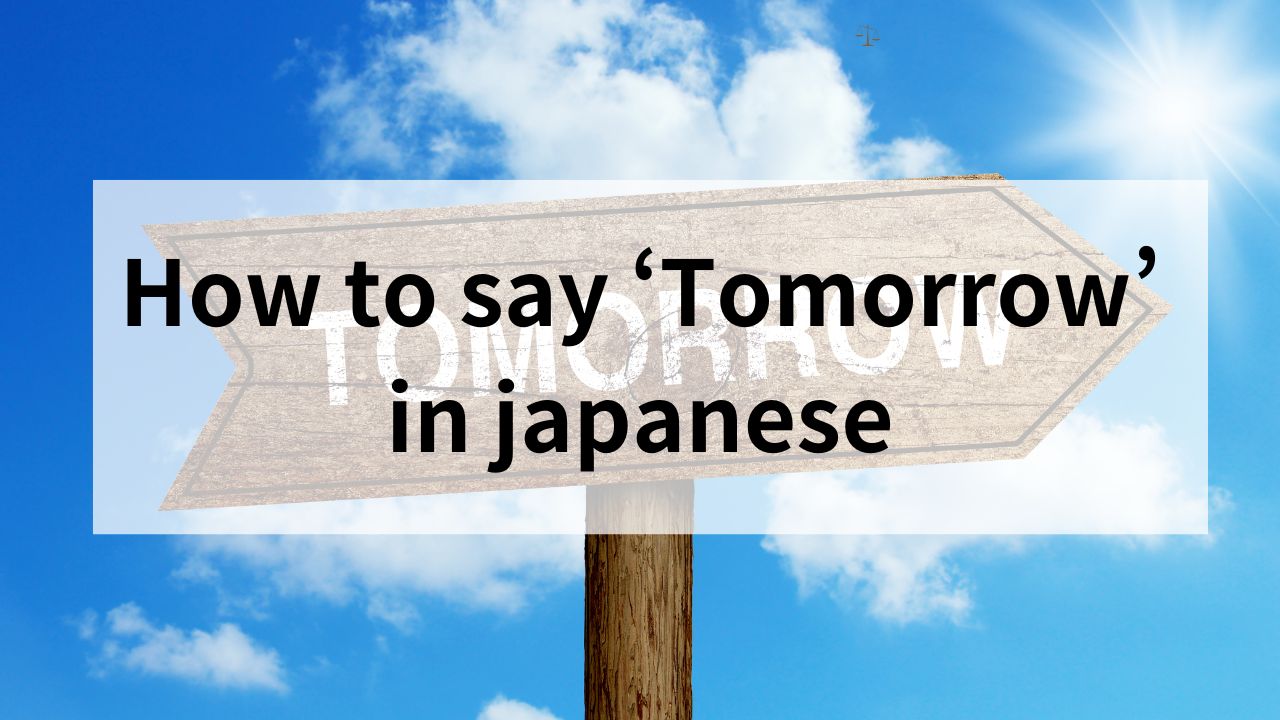Are you learning Japanese and curious about how to say “tomorrow”? Understanding how to use time-related words like “tomorrow” can greatly enhance your conversational skills. In this guide, we’ll explore how to say “tomorrow” in Japanese, its variations, and practical ways to use it in sentences.
How Do You Say “Tomorrow” in Japanese?
In Japanese, “tomorrow” is Ashita (あした). It is the most commonly used word in both casual and formal conversations. Another slightly formal variation is Asu (あす), which is often used in business or written contexts.
To use “Ashita” in a sentence, you can say, “Ashita wa ame desu” (あしたは雨です), which means “It will rain tomorrow.”

Variations of “Tomorrow” in Japanese
Depending on the context, the term for “tomorrow” can vary slightly. Here are the common variations:
Casual Usage: Ashita
Ashita (明日/あした) is the most versatile term for “tomorrow.” It can be used in everyday conversations, whether you’re talking to friends, family, or colleagues.
Formal or Written Usage: Asu
Asu (明日/あす) is a slightly more formal alternative to “Ashita.” You might hear it in news broadcasts, weather reports, or formal business settings.
Referring to the Next Day: Yokujitsu
Yokujitsu (翌日) is a formal term often used in written contexts, such as business documents or news articles. It translates to “the next day” and is less commonly used in casual conversation.
Practical Applications and Usage
Learning how to use “tomorrow” effectively in sentences can help you communicate more naturally. Below are some examples and tips:
Asking About Tomorrow
You can ask questions like, “Ashita wa nani wo shimasu ka?” (あしたは何をしますか?), meaning “What will you do tomorrow?” This is a great way to start a conversation about plans.
Making Plans
Use “Ashita” to make plans with phrases like, “Ashita issho ni eiga ni ikimasen ka?” (あしたいっしょに映画に行きませんか?), which means “Shall we go to the movies together tomorrow?”
Talking About the Future
“Ashita” can also be used to discuss future events, such as “Ashita no kaigi wa juuniji ni hajimarimasu” (あしたの会議は十二時に始まります), meaning “Tomorrow’s meeting starts at 12:00.”
Common Farewell: “See You Tomorrow”
A common way to say “See you tomorrow” in Japanese is “Mata ashita” (またあした). This phrase is used casually among friends, classmates, or colleagues when parting ways and expecting to see each other the next day.
FAQs
Here are some common questions about saying “tomorrow” in Japanese:
Can “Asu” be used interchangeably with “Ashita”?
Yes, but “Asu” is slightly more formal and is often used in written or professional contexts, while “Ashita” is more versatile for casual use.
Are there any slang terms for “tomorrow”?
Not commonly. Japanese tends to stick to standard terms like “Ashita” and “Asu” for clarity.
How can I practice using “Ashita”?
Try incorporating “Ashita” into sentences about your plans, or use it to ask others about theirs. Practicing with a language partner is also helpful.
Conclusion
Learning how to say “tomorrow” in Japanese is an essential step in mastering time-related vocabulary. Whether you use “Ashita” or “Asu,” knowing when and how to apply these terms will help you sound more natural and confident in conversations.








